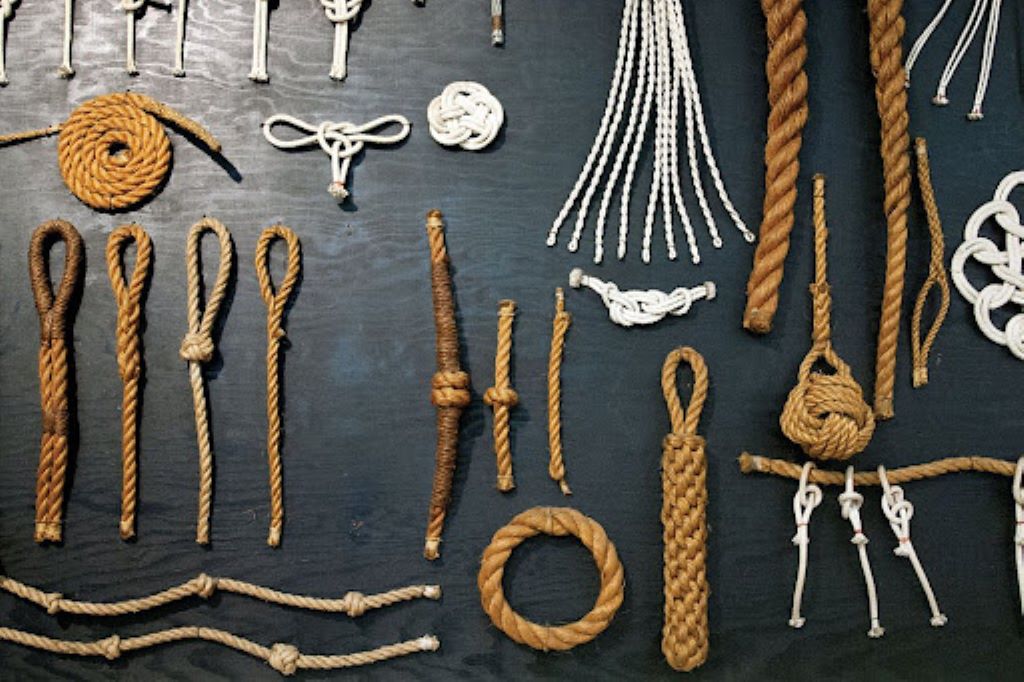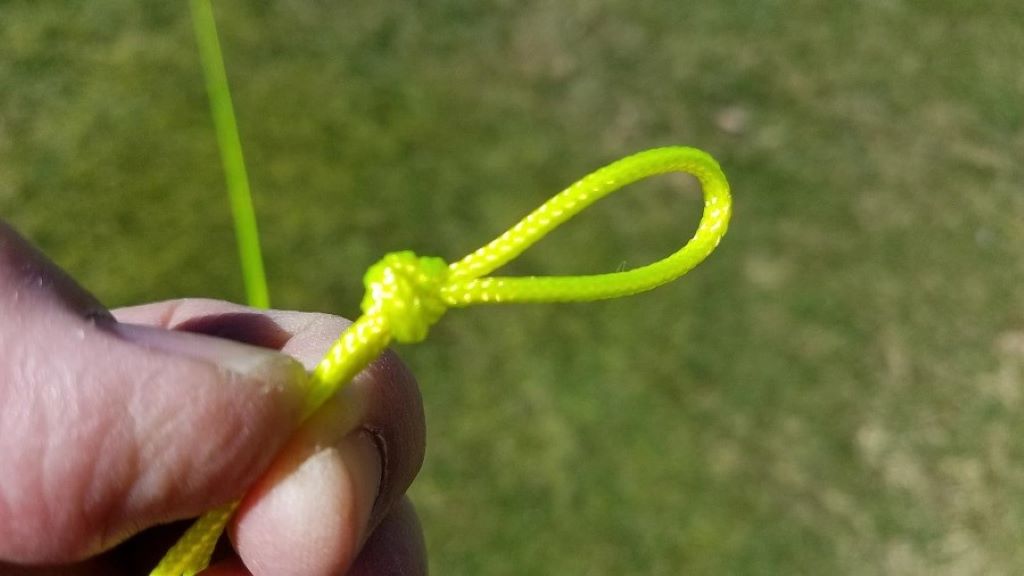
Knots are ubiquitous in our lives, from the shoelaces we tie each morning to the intricate rigging of ships. Yet, few of us delve into the fascinating world of permanent knots – those designed to endure immense strain and resist unraveling under even the harshest conditions. This comprehensive guide will unlock the secrets of permanent knots, exploring their historical significance, their application in various fields, and, most importantly, how to tie them with confidence.
The History and Evolution of Permanent Knots
Knots have been essential tools for humans since the dawn of civilization. Ancient Egyptians used knots to record information, while sailors relied on them for navigation and survival. Over time, knots evolved, becoming more complex and specialized. The advent of sailing ships led to the development of elaborate knots for rigging, each with its unique purpose and strength.

Permanent knots, in particular, became crucial for ensuring the safety and efficiency of sailing vessels. These knots were designed to withstand the immense forces exerted by wind and waves, preventing sails from tearing and masts from collapsing. As sailing technology advanced, so did the art of knot tying, resulting in an impressive array of permanent knots, each with its own advantages and limitations, akin to selecting the appropriate yarns for each craft.
Applications of Permanent Knots in Modern Times
While sailing remains a vital field for knot tying, permanent knots find application in a wide range of industries today. In construction, the knots are used to secure scaffolding, suspend heavy objects, and reinforce concrete structures. In fishing, anglers rely on knots to attach hooks and lures, ensuring a secure connection that can withstand the pull of a large fish.
Even in everyday life, permanent knots play a role. Rock climbers use them to create anchors and secure safety lines, while surgeons employ them to close wounds and tie sutures. In fact, permanent knots are so versatile that they have even found their way into the world of art and fashion, where they are used to create intricate jewelry and unique textile designs.
Choosing the Right Permanent Knot for the Job
With so many permanent knots to choose from, it can be overwhelming to decide which one is best suited for a particular task. The choice often depends on several factors, including the type of material being used, the amount of strain the knot will endure, and the desired level of security.
For example, the constrictor knot is a simple yet incredibly strong knot that is ideal for securing objects with a smooth surface, such as a fishing line or a rope. The fisherman’s knot, on the other hand, is designed to join two lines of similar diameter and is commonly used in fishing and sailing. The figure-eight knot is a versatile knot that can be used for a variety of purposes, from securing a climbing rope to attaching a hammock.
Mastering the Art of Tying Permanent Knots
Tying permanent knots requires practice and patience. It is important to follow instructions carefully and ensure that the knot is tied correctly, as a poorly tied knot can easily unravel under stress.
When learning to tie a new knot, it is helpful to start with a simple knot and gradually progress to more complex ones. Practice tying the knot repeatedly until you can do it quickly and confidently. It is also helpful to experiment with different types of materials, such as ropes, cords, and fishing lines, to get a feel for how the knot behaves under different conditions.
The Importance of Permanent Knots in Safety and Security
The knots play a crucial role in ensuring safety and security in many situations. In construction, a poorly tied knot can lead to accidents and injuries. In sailing, a failed knot can result in loss of control and even shipwreck. In fishing, a weak knot can mean the difference between landing a trophy fish and losing it.
Therefore, it is essential to take the time to learn how to tie permanent knots correctly and to choose the right knot for the job. By doing so, you can ensure that your knots will hold fast under pressure and keep you and others safe.
The Future of Permanent Knots
As technology advances, new materials and techniques are being developed that could revolutionize the world of knot tying. For example, researchers are exploring the use of nanomaterials to create ultra-strong knots that could withstand even the most extreme conditions.
While the future of permanent knots is uncertain, one thing is for sure: they will continue to play a vital role in our lives for years to come. Whether you are a sailor, a climber, a fisherman, or simply someone who enjoys the challenge of tying a knot, the world of knots offers a wealth of knowledge and skill to explore. If you’re looking to incorporate innovative rope products into your pursuits, considering a YifaRope review on rope ladder could offer valuable insights into enhancing your gear collection.







